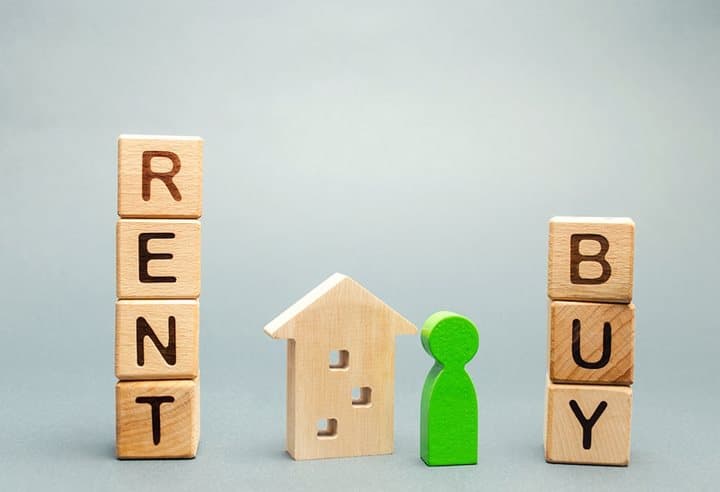Right to Buy vs. Remaining a Tenant: Making the Informed Decision
Right to Buy might seem like an appealing option if you want to own your home, but you should check whether it’s right for you.

Right to Buy might seem like an appealing option if you want to own your home, but you should check whether it’s right for you.

Compare moving quotes in 4 simple steps